Instead of just learning the gender of their baby like the pair had originally hoped, Sierra Yoder and her husband, Dustin Yoder, were told that their baby boy had Encephalocele and that there was no hope for survival. According to the National Organization of Rare Disorders, this birth defect is a rare congenital disorder that occurs when a baby’s brain grows outside of the skull and is usually covered with just skin or thin membrane.
Sierra recalled:
“They said there was no chance that he was going to live. We were never really given hope so we had actually decided to end the pregnancy. We got to the point of the night before the procedure to end it and I couldn’t do it. I just had it set in my head that he wasn’t going to turn out the way they thought he was.”
Sierra continued with her pregnancy and when they went to the hospital to deliver Bentley, his parents only brought one thing with them: a onesie with matching pants and socks that they expected to bury him in.
“We were excited to meet him, even if it was only for an hour,” Sierra explained. “We were just relieved he made it that far and we would get to meet him, living and breathing.”
Doctors prepared the couple to expect Bentley to just be “a shell” after delivery with only a few hours to live. “If he makes it, he will not be compatible with life,” Sierra said the doctors warned and they were told that he wouldn’t be able to move or have much brain function during the short time they had after his delivery. Instead, Bentley was born kicking and screaming — to the shock of everyone around him.
The couple said that they stayed awake for his first 36 hours straight after out of fear that he was going to take a turn for the worst. “We lived that way until he was 4 weeks old,” said Sierra.
Bentley continued defying the odds as it appeared that he was using brain tissue from the sac protruding from the top of his head — despite what a surgeon originally told his parents when he was just 4 weeks old. Instead of taking that doctor’s word, the family went to Boston Children’s Hospital and met with a team who came up with a surgical strategy to expand Bentley’s cranium in order to save the important mass thriving outside of his head: the part of his brain responsible for motor function, problem solving, and vision.
Boston Children’s Hospital neurosurgeon-in-chief Dr. Mark Proctor said:
“Many encephalocele cases, you essentially just amputate the part of the brain that’s outside of the head because it’s not functional. But in his case, we made a great effort to preserve it all.”
At 7 months old, Bentley underwent the major operation performed by a team of almost 40 physicians, and while his future is uncertain, doctors think this little fighter will have a rewarding life. Sierra explained:
“Because of how different his brain really is, they have no one to compare him to. I think we are finally at this place now, at Boston Children’s, where the people he is being taken care of by are actually fighting just as hard as he is.”
Check out the video here:

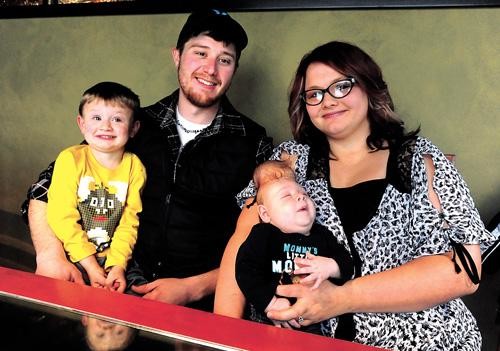
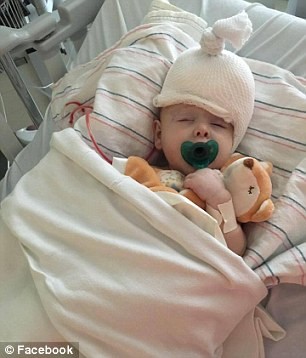
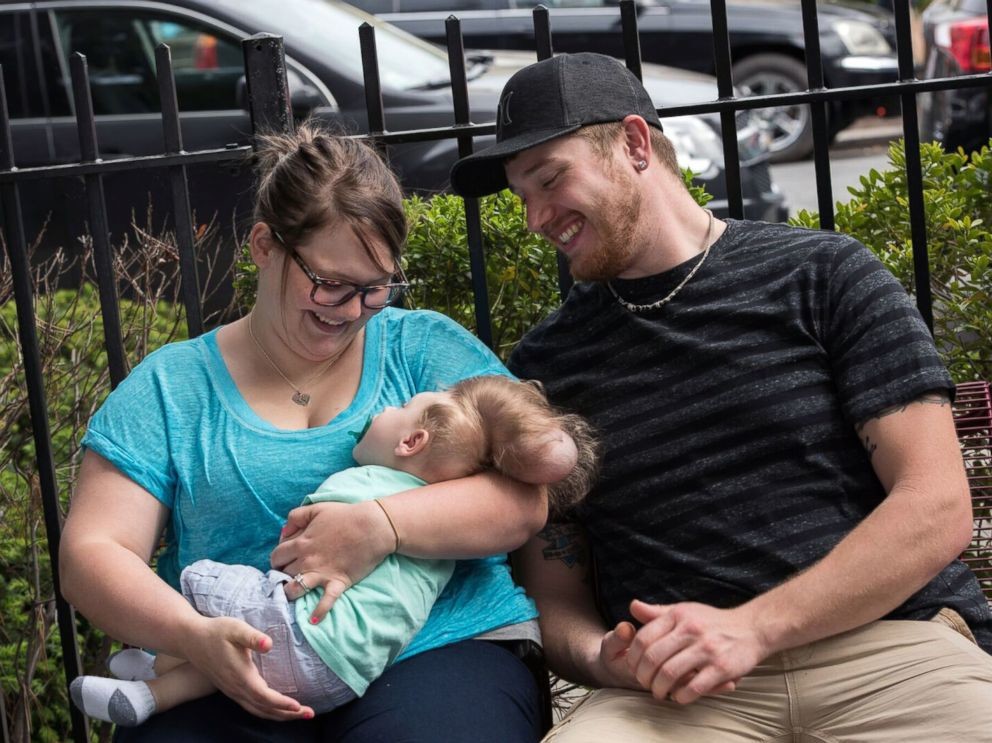
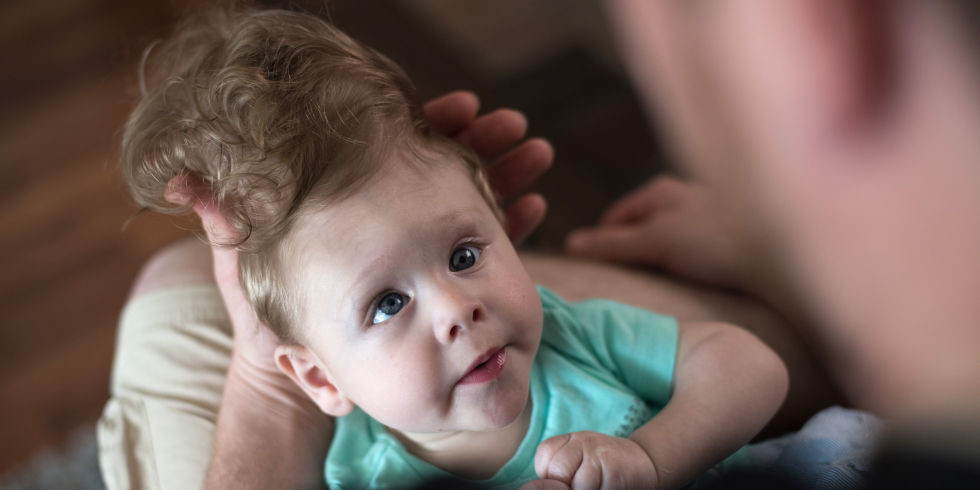
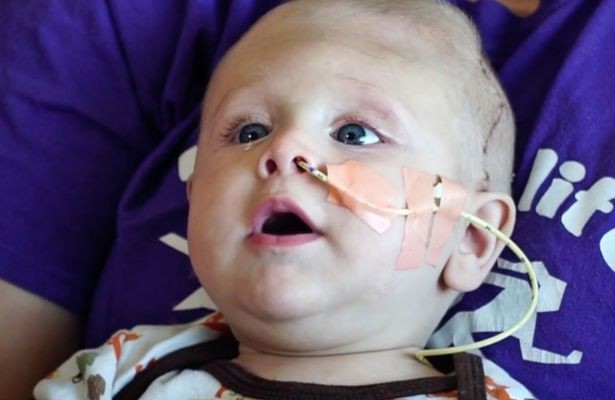
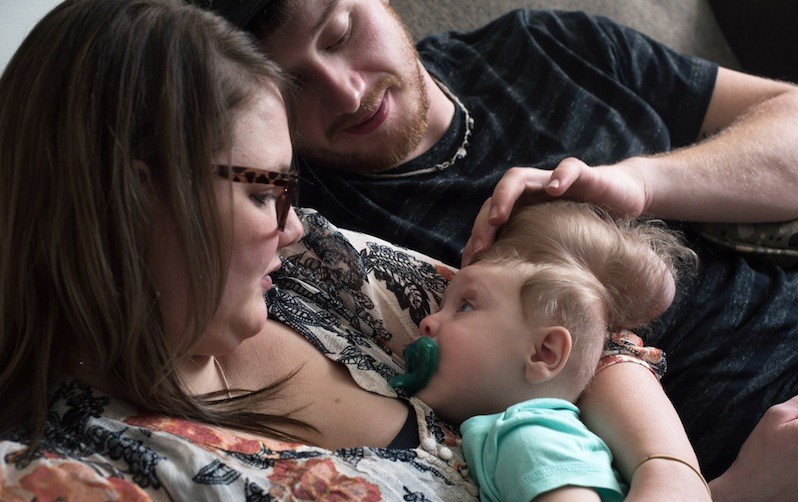
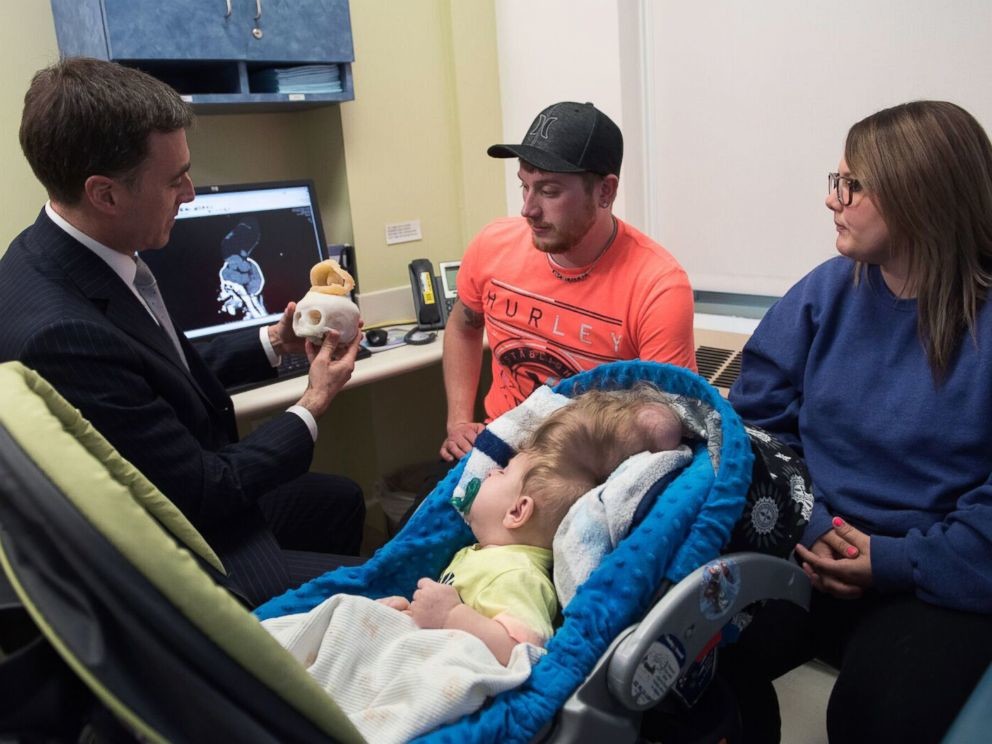
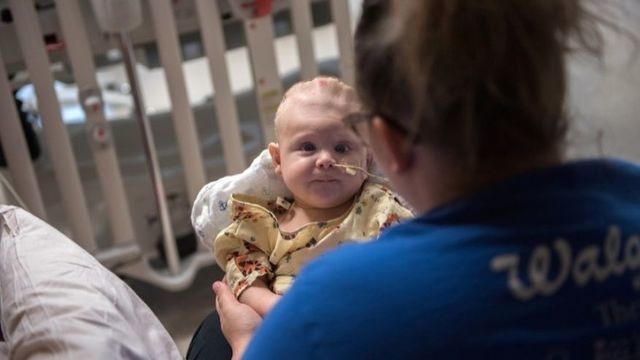
Share Your Views